If the odds in favor of an event is known, the probability is just the odds divided by one plus the odds ie Probability= Odds/ (1Odds) What is the difference between Probability and Odds? An example of what I am talking about is the choice between risk ratio and odds ratio Odds ratio vs risk ratio You know the difference between risk and odds A risk is the proportion of subjects with an event in a total group of susceptible subjects Thus, we can calculate the risk of having a heart attack among smokers (infarcted smokers Odds can be expressed as a ratio of the probability an event will happen divided by the probability an event won't happen Odds in favor of A = A / (1 A), usually simplified to lowest terms, For instance, if the probability of an event occurring is 075, then the odds for it happening are 075/025 = 3/1 = 3 to 1 for, while the probability that it doesn't occur is 1 to 3 against
1
Risk difference versus odds ratio
Risk difference versus odds ratio- Odds seems less intuitive It is the ratio of the probability a thing will happen over the probability it won't In the spades example, the probability of drawing a spade is 025 The probability of not drawing a spade is 1 025 Odds ratio An odds ratio (OR) is another measure of association that quantifies the relationship between an exposure with two categories and health outcome Referring to the four cells in Table 315, the odds ratio is calculated as Odds ratio = (



1
Odds ratio is the likelihood that an event will occur in relation to the likelihood that an event will not occur, 1 event for and 5 events against In Gambling, the "odds" are a ratio of the likelihood of a certain outcome, related to the other outcomes I had to look this up, because I forgot this part of finite math, from 25 years agoThe odds ratio is a way of comparing whether the odds of a certain outcome is the same for two different groups (9) The odds ratio is simply the ratio between the following two ratios The ratio between standard treatment and the new drug for those who died, and the ratio between standard treatment and the new drug for those who survivedThe odds aren't as odd as you might think, and the log of the odds is even simpler!
Odds ratios work the same An odds ratio of 108 will give you an 8% increase in the odds at any value of X Likewise, the difference in the probability (or the odds) depends on the value of X So if you do decide to report the increase in probability at different values of X, you'll have to do it at low, medium, and high values of XThis StatQuest covers those subjects so that you can understand the statiOdds ratios (OR) are commonly reported in the medical literature as the measure of association between exposure and outcome However, it is relative risk that people more intuitively understand as a measure of association Relative risk can be directly determined in a cohort study by calculating a risk ratio (RR)
An Odds Ratio (OR) then is simply the comparison of two odds, OR=Odds (A)/Odds (B) The Relative Risk (RR) is simply the comparison of two risks or probabilities, RR=Probability (A)/Probability (B) This is made more clear when the term is referred to as the Risk Ratio Let's look at this graphically Risk ratios, odds ratios, and hazard ratios are three ubiquitous statistical measures in clinical research, yet are often misused or misunderstood in their interpretation of a study's results A 01 paper looking at the use of odds ratios in obstetrics and gynecology research reported 26% of studies (N = 151) misinterpreted odds ratios as risk ratios , while a 12 paper The odds ratio is reported as 1 with a confidence interval of (144, 234) Like we did with relative risk, we could look at the lower boundary and make a statement such as "the odds of MI are at least 44% higher for subjects taking placebo than for subjects taking aspirin" Or we might say "the estimated odds of MI were % higher for
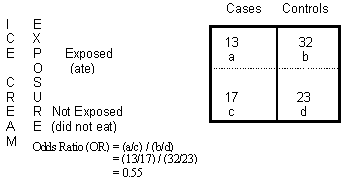



Odds Ratio Calculation And Interpretation Statistics How To




What Is An Odds Ratio And How Do I Interpret It Critical Appraisal
Fractional odds are the ratio of the amount (profit) won to the stake;Odds the ratio of the probability that an event will occur versus the probability that the event will not occur, or probability / (1probability) For example, if you are normally on call 2 out of 7 days in a week, then the odds of you being on call on a certain day of the week is (2/7)/(5/7) = 040 Figure2 Odds as a fraction Odds should NOT be confused with Probabilities Odds are the ratio of something happening to something not happeningIn our scenario above, the odds are 4 to 6 Whereas, Probability is the ratio of something happening to everything that could happenSo in the case of our chess example, probability is 4 to 10 (as there were 10 games



1




What Is The Difference Between The Risk Ratio Rr And The Odds Ratio Or Quora
Fractional odds are sometimes called British odds or traditional odds and are sometimes written as a fraction, such as 6/1, or expressed as a ratio, like sixtoone Decimal odds represents the The difference between cats and dogs is 3 percentage points or 3 49 ≈ 612 % increase in probability for dogs over cats Meanwhile the odds ratio is 052 1 − 052 049 1 − 049 ≈ 1128 However I am finding a lot of social science literature intpreting O R − 1 as equivalent to increase in probability ExampleOdds provide a measure of the likelihood of a particular outcome They are calculated as the ratio of the number of events that produce that outcome to the number that do not Odds are commonly used in gambling and statistics Odds can be demonstrated by examining rolling a sixsided die The odds of rolling a 6 is 15




What Is An Odds Ratio And How Do I Interpret It Critical Appraisal




Log Odds Definition And Worked Statistics Problems
"Odds" and "Risk" are the most common terms which are used as measures of association between variables In this article, which is the fourth in the series of common pitfalls in statistical analysis, we explain the meaning of risk and odds and the difference between the twoIn terms of odds ratios, we can say that for male students, the odds ratio is exp (13) = 114 for a oneunit increase in math score and the odds ratio for female students is exp (197) = 122 for a oneunit increase in math score On the other hand, a gambler backing Manchester United, who have odds of 1/5, will see a payout of just $1 for every $5 bet That means a total payout of $6 for someone betting $5 Bournemouth 5/1 Manchester United 1/5 You Bet $ on Bournemouth You Win $100 ( x 5=100) You also get your $ bet back




Odds Ratio Wikipedia




Apa Itu Odds Ratio Parameter D
The odds ratio (OR) is a measure of how strongly an event is associated with exposure The odds ratio is a ratio of two sets of odds the odds of the event occurring in an exposed group versus the odds of the event occurring in a nonexposed group Odds ratios commonly are used to report casecontrol studiesAs an extreme example of the difference between risk ratio and odds ratio, if action A carries a risk of a negative outcome of 999% while action B has a risk of 990% the relative risk is approximately 1 while the odds ratio between A and B is 10 (1% = 01% x 10), more than 10 times higherIt is called that because it is the ratio of two odds Some people call the odds the odds ratio because the odds itself is a ratio That is fine English, but this can quickly lead to confusion If you did that, you would have to call this calculation the odds ratio ratio or the ratio of the odds ratios




Odds Ratio Article




Interpreting Odds Ratio Senguptas Research Academy
• Probability is expressed as a number between 0 and 1, while Odds is expressed as a ratio • Probability ensures that an event will occur, but OddsAbout Press Copyright Contact us Creators Advertise Developers Terms Privacy Policy & Safety How works Test new features Press Copyright Contact us Creators The odds ratio is extremely important, however, as it is the only measure of effect that can be computed in a casecontrol study design When the outcome of interest is relatively rare (




Odds Ratio Wikipedia




What Is A Pooled Odds Ratio Quora
A more formal way of calculating posttest probabilities uses the likelihood ratio as follows Pretest odds × Likelihood ratio = Posttest odds To use this formulation, probabilities must be converted to odds, where the odds of having a disease are expressed as the chance of having the disease divided by the chance of not having the disease A highly simplified example illustrates this Suppose that 18 out of patients (90 percent probability, odds of 91) in an experiment lost weight while using diet A, while 16 out of (80 percent, odds of 41) lost weight using diet B The relative risk of losing weight by choosing diet A over diet B is 1125, while the odds ratio is about 225 The odds ratio for picking a red ball compared to a green ball is calculated as Odds (red) / Odds (green) = 4 / 025 = 16 Thus, the odds of picking a red ball are 16 times larger than the odds of picking a green ball When Are Odds Ratios Used in the Real World?




Relative Risks Versus Odds Ratios The Bmj



Odds Vs Risk Vantage Research
RELATIVE RISK AND ODDS RATIO An RR (or OR) more than 10 indicates an increase in risk (or odds) among the exposed compared to the unexposed, whereas a RR (or OR)Odds Ratio (OR) measures the association between an outcome and a treatment/exposure Or in other words, a comparison of an outcome given two different groups (exposure vs absence of exposure) OR is a comparison of two odds the odds of an outcome occurring given a treatment compared to the odds of the outcome occurring without the treatmentAn odds ratio greater than 1 indicates that the condition or event is more likely to occur in the first group And an odds ratio less than 1 indicates that the condition or event is less likely to occur in the first group The odds ratio must be nonnegative if it is defined




Apa Itu Odds Ratio Parameter D




Odds Ratios For Highest Versus Lowest Quartile Download Table
e x p ( β) = odds ratio = p 1 1 − p 1 p 2 1 − p 2 I guess what's not coming across is how β, not being a ratio of odds, converts to the odds ratio metric, when taken out of logarithmic space To provide a bit more, if this is the logistic regression equation for the constant l o g ( p 1 − p) = β β 1 ∗ 0 β 2 ∗ 0 β 3 ∗ 0 The difference between odds ratio and risk ratio While Risk Ratio is the probability of one thing divided by the probability of another (usually in a separated group), Odds Ratio is the odds of one event happening divided by the odds of another EssoeOdds1 In statistics, an odds ratio tells us the ratio of the odds of an event occurring in a treatment group to the odds of an event occurring in a control group Odds ratios appear most often in logistic regression, which is a method we use to fit a regression model that has one or more predictor variables and a binary response variable




A Beginner S Guide To Interpreting Odds Ratios Confidence Intervals And P Values Students 4 Best Evidence




How To Calculate An Odds Ratio Youtube
Decimal odds represent the amount one wins for every $1 wagered American odds, depending on the negative or In mathematics, the term odds can be defined as the ratio of number of favourable events to the number of unfavourable events While odds for an event indicates the probability that the event will occur, whereas odds against will reflect the likelihood of nonoccurrence of the event When the Odds ratio is above 1 and below 2, the likelihood of having the event is represented as XX % higher odds (where XX % is Odds ratio 1) That means that if odds ratio is 124, the likelihood of having the outcome is 24% higher (124 – 1 = 024 ie 24%) than the comparison group




Definition And Calculation Of Odds Ratio Relative Risk Stomp On Step1




Apa Itu Odds Ratio Parameter D
Summary Our theoretical Odds Ratio is 0319 with a CI(0, 041), which is close to the true Odds ratio, 03This indicates if the undergraduate students are from the school in prestige 3 or 4, the chances of them getting in graduate school is 38% that of the students from prestige 1 or 2 undergraduate schools Odds ratio (OR) and risk ratio (RR) are two commonly used measures of association reported in research studies In crosssectional studies, the odds ratio is also referred to as the prevalence odds ratio (POR) when prevalent cases are included, and, instead of the RR, the prevalence ratio (PR) is calculatedAn odds ratio of 112 means the odds of having eaten lettuce were 11 times higher among casepatients than controls Because the odds ratio is greater than 10, lettuce might be a risk factor for illness after the luncheon The magnitude of the odds ratio suggests a strong association




Using Risk Difference As Opposed To Odds Ratio In Meta Analysis International Journal Of Cardiology
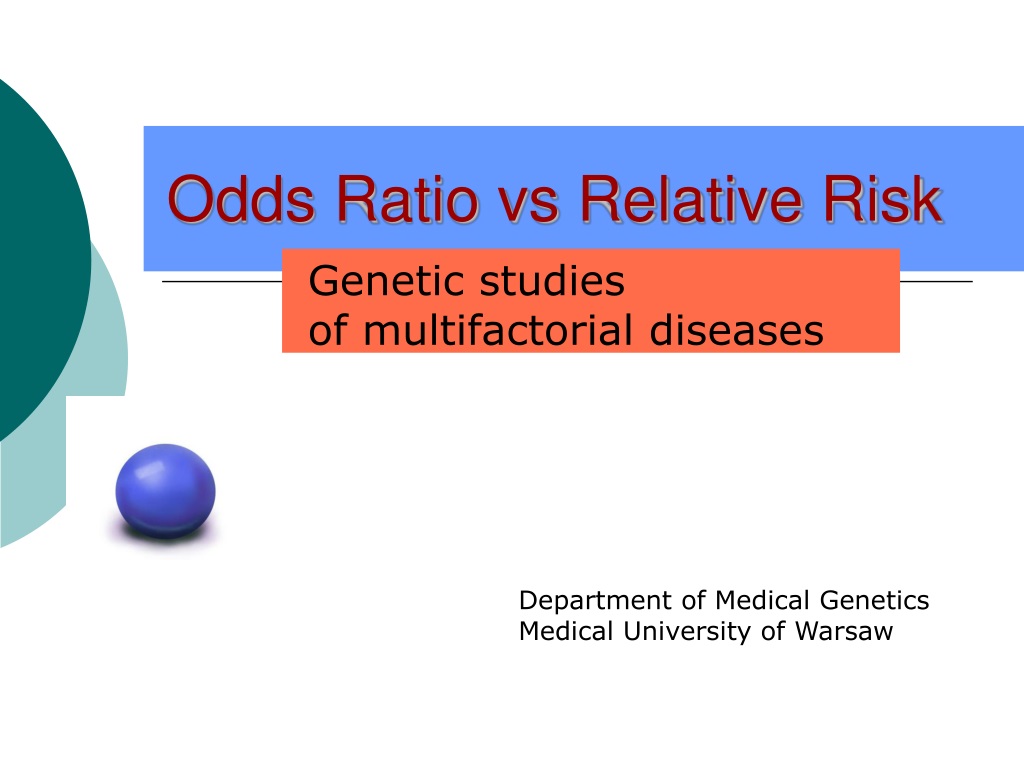



Ppt Odds Ratio Vs Relative Risk Powerpoint Presentation Free Download Id
This is called the odds ratio; An odds ratio is a relative measure of effect, which allows the comparison of the intervention group of a study relative to the comparison or placebo group So when researchers calculate an odds ratio they do it like this The numerator is the odds in the intervention arm The denominator is the odds in the control or placebo arm = Odds Ratio (OR) The basic difference is that the odds ratio is a ratio of two odds (yep, it's that obvious) whereas the relative risk is a ratio of two probabilities (The relative risk is also called the risk ratio) Let's look at an example Relative Risk/Risk Ratio Suppose you have a school that wants to test out a new tutoring program




Pdf Prevalence Odds Ratio Versus Prevalence Ratio Choice Comes With Consequences Semantic Scholar




What Is An Odds Ratio And How Do I Interpret It Critical Appraisal




Lorelograms Estimated Mean Log Odds Ratio As A Function Of Lag Time Download Scientific Diagram




The Summary Odds Ratios And 95 Confidence Intervals Ci For The Download Scientific Diagram
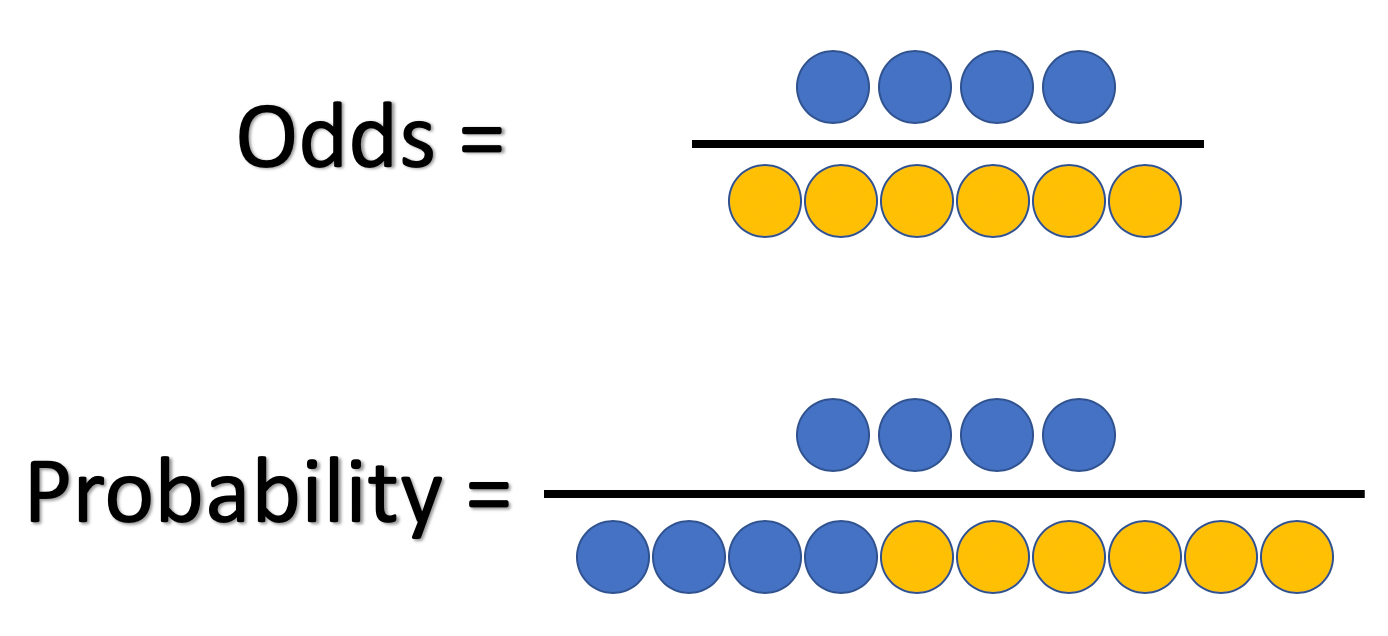



What And Why Of Log Odds What Are Log Odds And Why Are They By Piyush Agarwal Towards Data Science




Odds Ratio Relative Risk Calculation Definition Probability Odds Youtube




Odds Ratios Versus Relative Risk




A Beginner S Guide To Interpreting Odds Ratios Confidence Intervals And P Values Students 4 Best Evidence




Odds Ratios Vs Risk Ratios Stats By Slough




The Unadjusted And Adjusted Odds Ratio Of The Association Between Risk Download Scientific Diagram




Funnel Plots Comparing Log Odds Ratio Or Versus The Standard Error Of Download Scientific Diagram



Idiot S Guide To Odds Ratios Journalfeed




What Is An Odds Ratio And How Do I Interpret It Critical Appraisal




Estimated Z Score Odds Ratio And The Corresponding Probability For The Download Table




Cureus What S The Risk Differentiating Risk Ratios Odds Ratios And Hazard Ratios




Cureus What S The Risk Differentiating Risk Ratios Odds Ratios And Hazard Ratios




Plotting Odds Ratio Vs Continuous Variable In Stata Stack Overflow




The Difference Between Probability And Odds




Odds Ratio Wikipedia
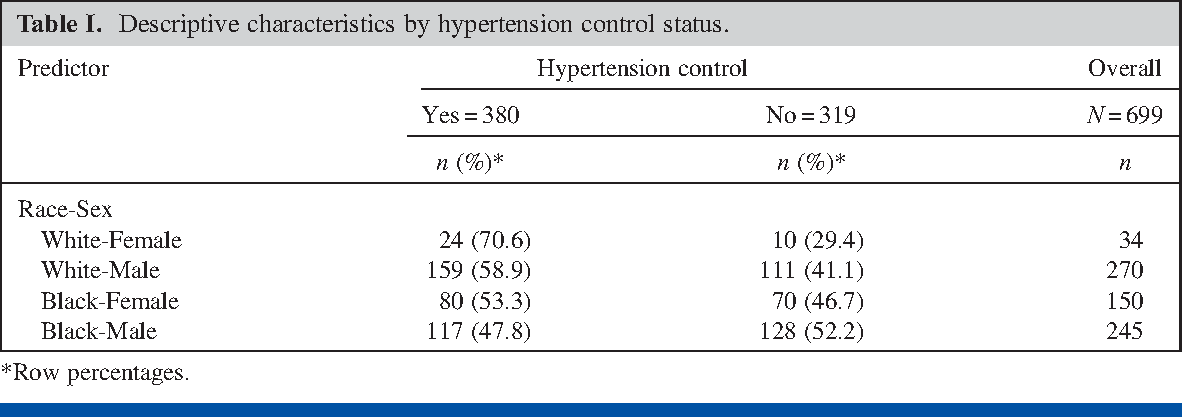



Pdf Prevalence Odds Ratio Versus Prevalence Ratio Choice Comes With Consequences Semantic Scholar




What Is An Odds Ratio And How Do I Interpret It Critical Appraisal




Hsrp 734 Advanced Statistical Methods June 5 08




Odds Ratio Wikipedia




Odds Ratio And Hazard Ratio For Complications Download Table




Ppt The Odds Ratio Relative Odds Powerpoint Presentation Free Download Id 6056




Relation Between The Odds Ratio Relative Risk And Baseline Risk



Relative Risk Ratios And Odds Ratios




Crude Odds Ratios Cor And Adjusted Odds Ratio Aor And Their 95 Download Table



The Difference Between Relative Risk And Odds Ratios The Analysis Factor




Crude Odds Ratio Or C And Adjusted Odds Ratio Or A For The Download Table




Relative Risk Versus Odds Ratio Usmle Biostatistics 4 Youtube



1



Ctspedia Ctspedia Oddsrisk




Odds Ratios The Odd One Out Stats By Slough



Confluence Mobile Wiki Ucsf




Odds Ratio Wikipedia



Odds Ratio Calculation



Q Tbn And9gcs7g3 Oy3gxo7fbk7uvklwexnnbqcmd7m5bqd Ghq64ww9hd4dh Usqp Cau




Interpreting Odds Ratio Senguptas Research Academy




Cohort Specific And Meta Analysis Pooled Odds Ratios Ors Of Download Scientific Diagram



Q Tbn And9gctxz8owky Sul84xtk4ggzacxwhkmhguhlxwyjj9avufagdrhwm Usqp Cau




Interpreting Odds Ratio Senguptas Research Academy




Statquest Odds Ratios And Log Odds Ratios Clearly Explained Youtube



Relative Risk Wikipedia
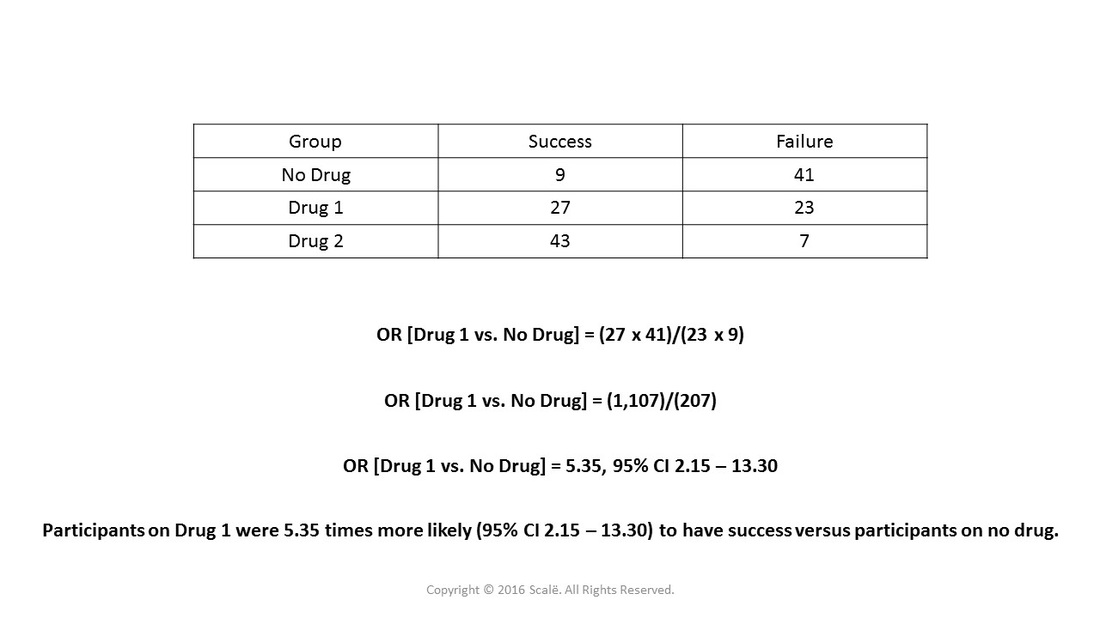



Use And Interpret Unadjusted Odds Ratio In Spss




Odds Ratio 95 Confidence Interval And P Values For The Multivariate Download Table




Statquest Odds Ratios And Log Odds Ratios Clearly Explained Youtube




The Difference Between Relative Risk And Odds Ratios The Analysis Factor




What And Why Of Log Odds What Are Log Odds And Why Are They By Piyush Agarwal Towards Data Science




Relative Risk Odds Ratios Youtube




1 Relative Risks Odds Ratios Or Hazard Ratios Of Risk Factors For Download Table



Confluence Mobile Wiki Ucsf
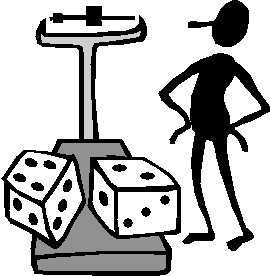



The Difference Between Probability And Odds
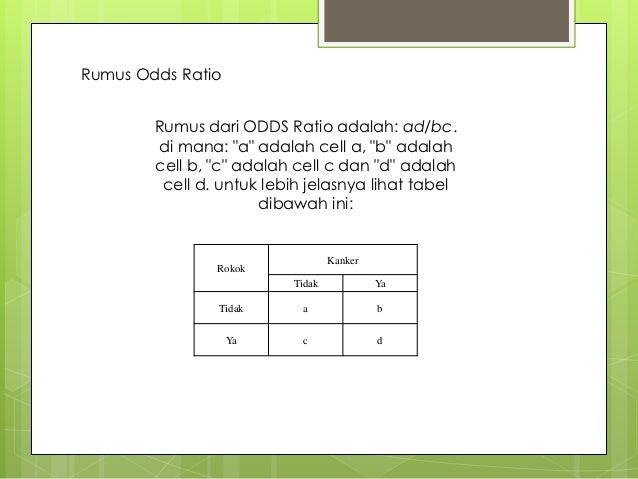



Odds Ratio




The Odds Ratios Ors Mean Difference Md With 95 Confidence Download Scientific Diagram




Odds Ratio Wikipedia




File Odds Ratio Relatives Risiko Jpg Wikimedia Commons




Using Odds Ratio In Case Control Studies Youtube
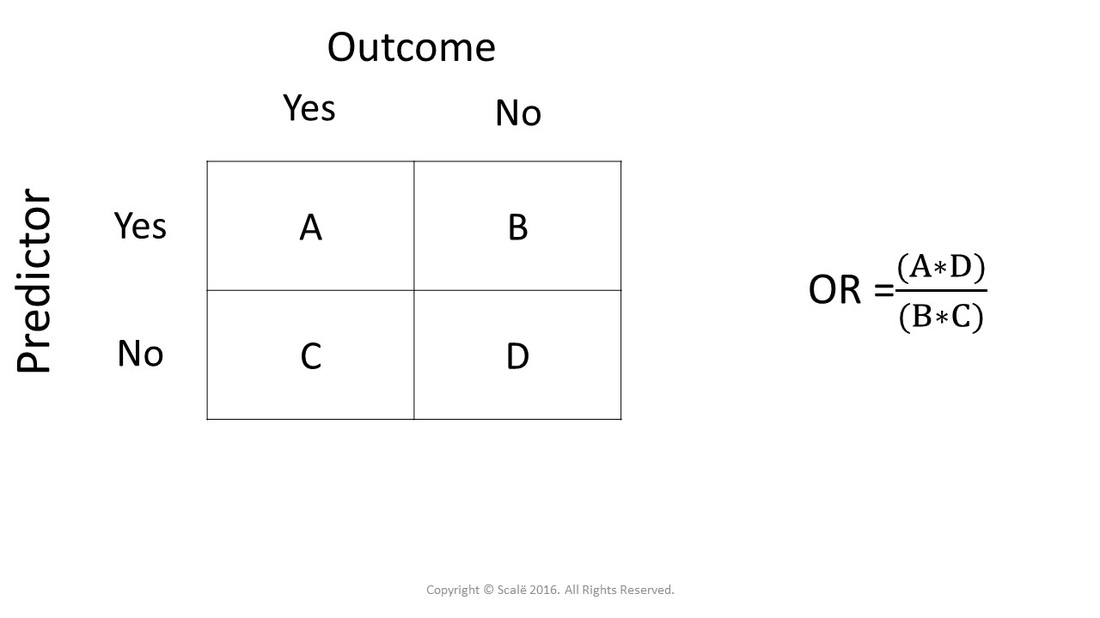



Calculate Odds Ratio With 95 Confidence Intervals




Adjusted Odds Ratio Definition Examples




Interpreting Odds Ratio Senguptas Research Academy




Odds Ratio Wikipedia
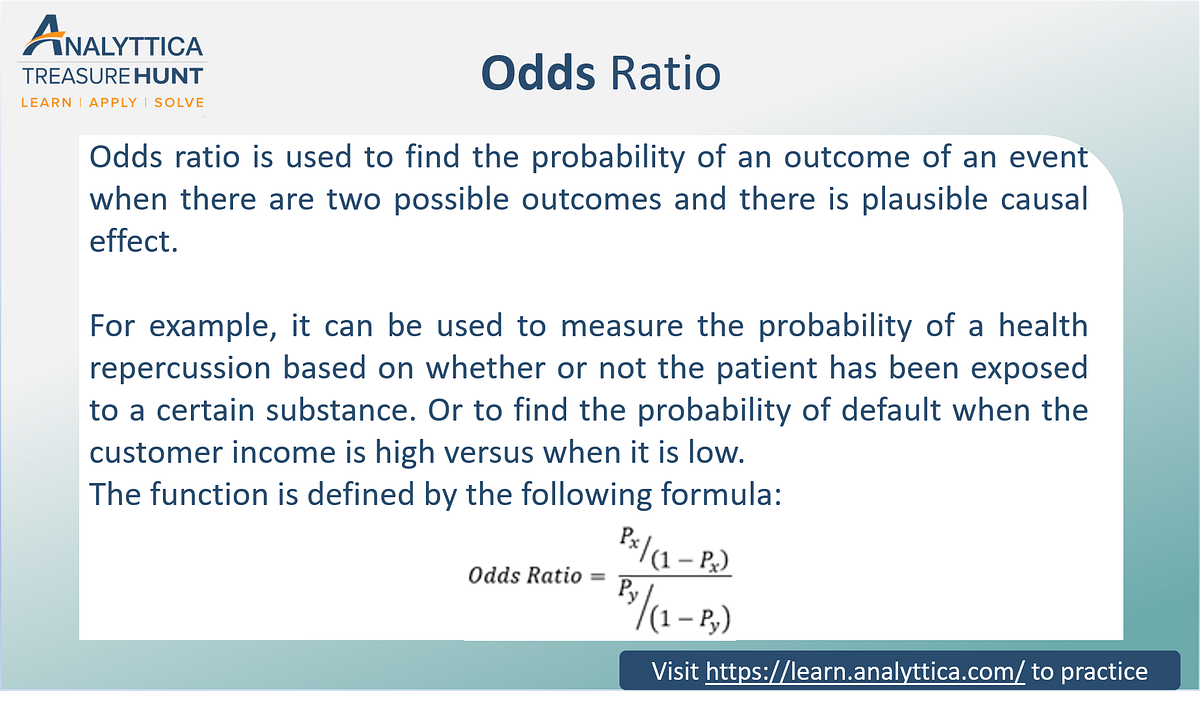



Odds Ratio The Odds Ratio Is Used To Find The By Analyttica Datalab Medium



Definition And Calculation Of Odds Ratio Relative Risk Stomp On Step1




Odds Ratios And Risk Ratios Youtube




Why Does Power Other Conditions Equal Decrease As The Odds Ratio Increases Above 2 Cross Validated




When Can Odds Ratios Mislead The Bmj




What Is An Odds Ratio And How Do I Interpret It Critical Appraisal




Apa Itu Odds Ratio Parameter D




Odds Vs Probabilities Odds Ratio In Spss Exp B Is An Odds Rather Than A Probability Odds Success Failure Probability Likelihood Of Success For Ppt Download
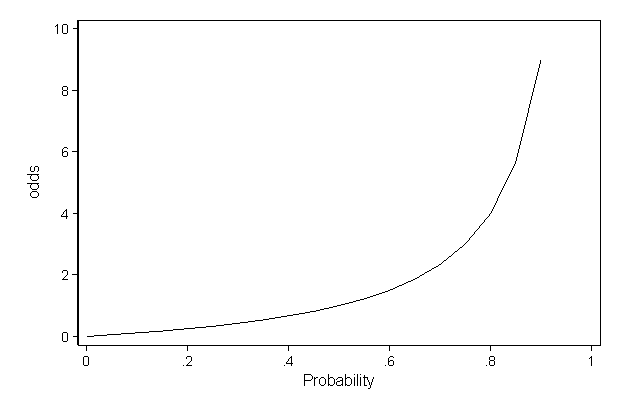



Faq How Do I Interpret Odds Ratios In Logistic Regression




Math Formula To Reproduce A Plot Comparing Relative Risk To Odds Ratios Cross Validated




Pdf When To Use The Odds Ratio Or The Relative Risk Semantic Scholar




Volcano Plot Depicting Log Odds Ratios And P Values Of The Download Scientific Diagram




Odds And Odds Ratios Introduction To Logistic Regression Coursera




Relative Risks And Odds Ratios What S The Difference Mdedge Family Medicine




Calculation Of Ror Reporting Odds Ratio Contingency Table And Formula Download Scientific Diagram




Frontiers Odds Ratio Or Prevalence Ratio An Overview Of Reported Statistical Methods And Appropriateness Of Interpretations In Cross Sectional Studies With Dichotomous Outcomes In Veterinary Medicine Veterinary Science




Odds Ratios Of Risk Factors For The Severity Of Cad By Ethnicity Odds Download Scientific Diagram
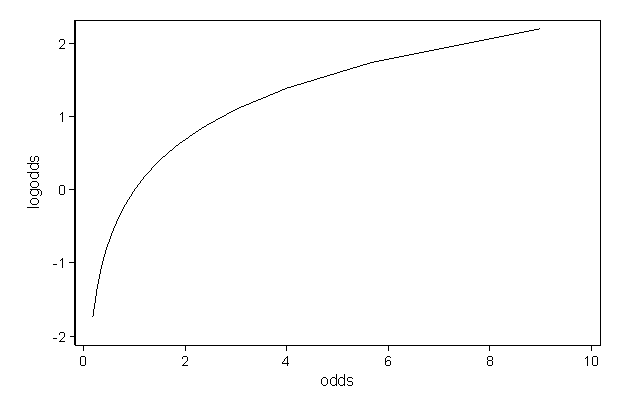



Faq How Do I Interpret Odds Ratios In Logistic Regression




Hsrp 734 Advanced Statistical Methods June 5 08




What Is An Odds Ratio And How Do I Interpret It Critical Appraisal



0 件のコメント:
コメントを投稿